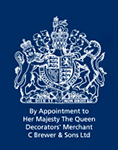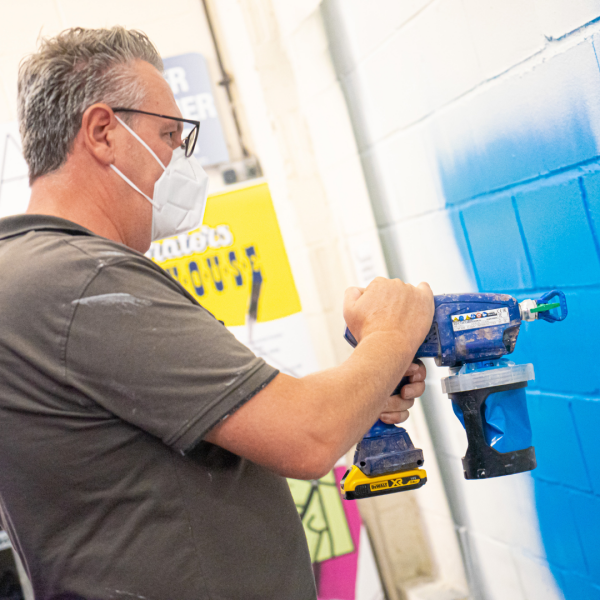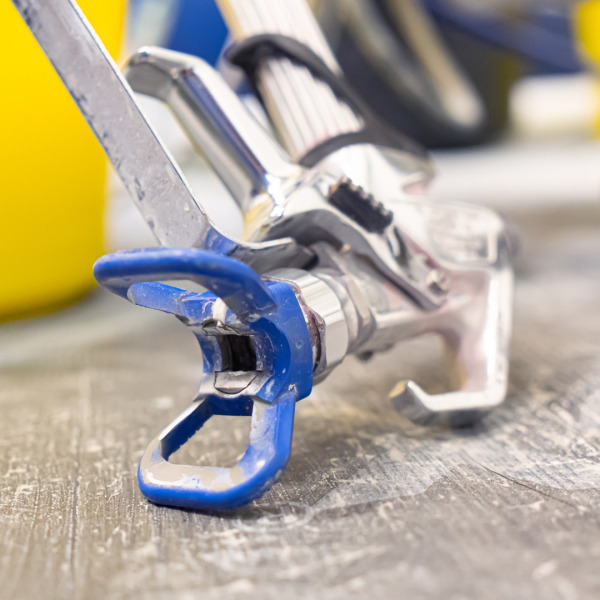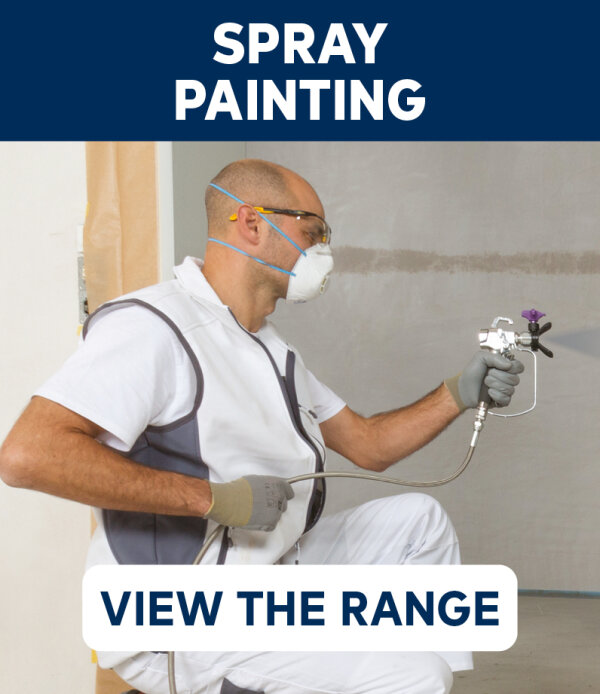Guide to Airless Spray Tips

August 12th, 2022
An airless sprayer pumps and pressurises the paint without the use of air.
The paint is then fed through a small hole (referred to as an orifice) within the tip under high pressure which can be up to 350 bar/ 5000 psi.
This process atomises the paint in a controlled fan width and flow rate.
Tip size and airless pump pressure determines the paint material flow rate.
The spray tip also creates the fan pattern, spraying angle and spraying volume.
In contrast, conventional paint spray systems inject compressed air into the fluid stream of paint to achieve atomisation at lower air pressures.
What Do Spray Tip Numbers Mean?
Airless tips display 3 numbers which determine two critical components: the fan width and the orifice size.
The fan width is determined by its spray angle when spraying at an approximate 30cm distance from the surface.
The angle is always indicated by the first number and is represented in degrees.
To obtain the fan width, multiply the number shown on the tip by 2 to get your approximate fan width in inches.
The tip size tells the pump how hard it must work in order to maintain the desired pressure.
The orifice size of the spray tip is usually referred to as thou (thousands of an inch) and written as “.
This is indicated on the tip by the last two digits, measured in thousands of an inch.
The orifice size is also determined by thickness of the material to be spray applied, so the thicker the material the bigger the spray size orifice number.






